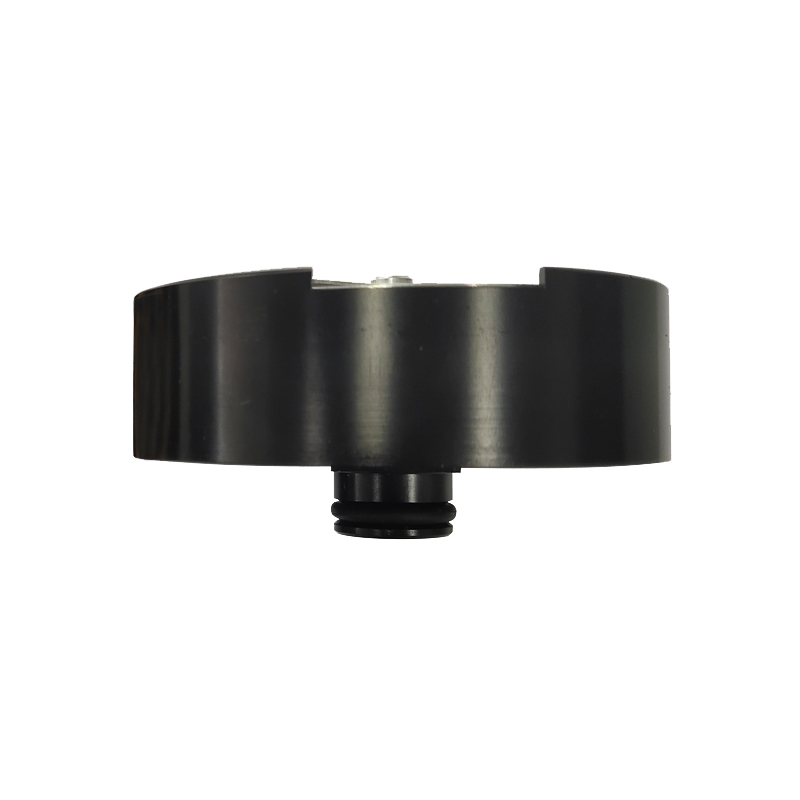
Ara . 15, 2024 00:15 Back to list
Understanding Diaphragm Pressure Gauges and Their Applications in Various Industries
Understanding Diaphragm Pressure Gauges
Diaphragm pressure gauges are vital instruments used across various industries to measure and monitor the pressure of gases and liquids. Their design and functionality make them suitable for measuring low to medium pressure levels, providing accurate and reliable readings. This article will delve into the concept of diaphragm pressure gauges, their working principles, applications, advantages, and key considerations.
What is a Diaphragm Pressure Gauge?
A diaphragm pressure gauge is a type of pressure measuring instrument that utilizes a flexible diaphragm to detect pressure changes. The diaphragm is typically made from materials such as stainless steel, bronze, or other elastomeric compounds, allowing it to deform under pressure. This deformation translates into a mechanical movement that is then measured by the gauge's dial or digital display.
Working Principle
The fundamental working principle of a diaphragm pressure gauge involves the deflection of the diaphragm when subjected to pressure. Here’s how it works
1. Pressure Application When fluid pressure is applied to one side of the diaphragm, it causes the diaphragm to bend or deform. 2. Mechanical Movement This movement is transferred through a mechanical linkage to a pointer or a digital sensor, providing a visual representation of the pressure on the gauge's display. 3. Calibration Diaphragm gauges are calibrated to provide accurate readings across their specified range. The design ensures that the gauge responds linearly to pressure changes, which helps in maintaining measurement integrity.
Since diaphragm gauges can handle both positive and negative pressures, they are versatile in various applications. Moreover, they can function in harsh environments, making them valuable in many industrial settings.
Applications
Diaphragm pressure gauges find applications in numerous industries, including
china explain diaphragm pressure gauge

- Chemical Processing They are used to monitor pressures in reactors, distillation columns, and storage tanks, ensuring safe operations. - Oil and Gas These gauges are employed to measure pressures in pipelines, storage facilities, and during drilling operations. - Food and Beverage Accurate pressure measurements are crucial in maintaining quality and safety standards during production processes. - HVAC Systems Diaphragm gauges help in measuring the pressure of refrigerants and controlling the comfort of indoor environments. - Pharmaceuticals Maintaining optimal pressure in various processes is critical for drug formulation and manufacturing.
Advantages
Several advantages make diaphragm pressure gauges favored in various applications
- Accuracy These gauges provide precise readings which are crucial for operational efficiency and safety. - Durability They are designed to withstand harsh conditions, including extreme temperatures and corrosive environments. - Low Maintenance Once installed, diaphragm gauges require minimal maintenance, reducing operational costs. - Versatility They can measure a wide range of pressures, making them suitable for diverse applications. - Safety By detecting pressure changes early, diaphragm gauges contribute to the safe operation of machinery and processes.
Key Considerations
When selecting diaphragm pressure gauges, several factors should be considered
1. Pressure Range Ensure that the gauge’s operating range aligns with the expected pressure levels in your application. 2. Material Compatibility The materials used in the diaphragm and housing must be compatible with the substances being measured to prevent corrosion or deformation. 3. Calibration Standards Regular calibration is necessary to maintain accuracy, so consider whether the manufacturer offers calibration services. 4. Environment Evaluate the operational environment, including temperature and potential exposure to hazardous materials, to select the appropriate gauge. 5. Connection Type Choose the right connection fitting that matches the piping system to facilitate easy installation.
Conclusion
Diaphragm pressure gauges are essential tools in modern industry, providing vital information on the pressures within systems and enhancing safety and efficiency. Understanding the functionality, advantages, and selection criteria of these instruments will help businesses optimize their operations and make informed choices in their pressure measurement requirements. As industrial processes become more sophisticated, the demand for accurate and reliable pressure measurement will continue to grow, solidifying the role of diaphragm pressure gauges in various applications.
-
High-Precision 5 Valve Manifold Differential Pressure Gauge Suppliers
NewsApr.29,2025
-
High-Precision Diaphragm Vacuum Pressure Gauges Manufacturers & Quotes
NewsApr.29,2025
-
Omega Differential Pressure Gauges High Accuracy & Durability
NewsApr.28,2025
-
Low Pressure Differential Pressure Gauges Precision Solutions & Quotes
NewsApr.28,2025
-
Digital Diaphragm Pressure Gaauge Precision Measurement & OEM Quotes
NewsApr.28,2025
-
Differential Pressure Gauge China Price High-Accuracy & Best Quotes
NewsApr.28,2025
